The work of Thai artist Natee Utarit is particularly compelling in its refusal to offer any comfortable answers. His allegories are dense, his symbolism multifaceted, and his narratives intentionally unresolved.
There’s a sense of familiarity and generous ambiguity in Utarit’s approach, which acts as an invitation—or, more accurately, an interrogation—shining light on the Western colonisation of Southeast Asia and its enduring influence on art, identity, and society.
A distinctive and urgent voice in contemporary art, Utarit is an artist whose life and experience have put him at a critical point of cultural exchange. Driven by the tension between Western traditions and Thai civilisation, his practice offers a meticulous critique, stirring the pot of society, religion, politics, capitalism, and the art world, with each ingredient measured yet unpredictable.
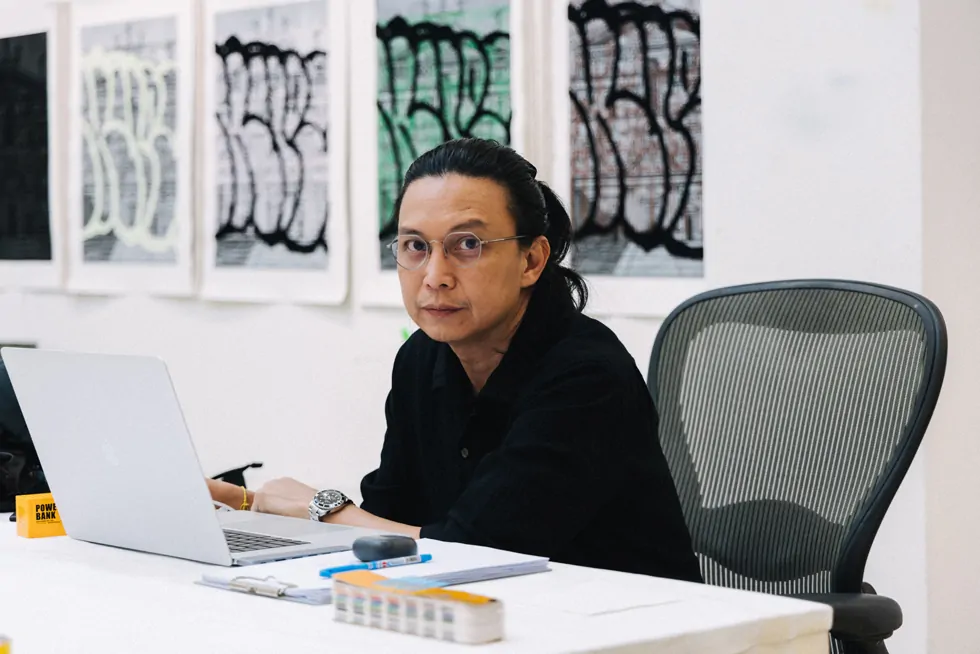
Image courtesy of STPI – Creative Workshop & Gallery, Singapore
I wasn’t interested in any other direction, even though holding such a mindset meant facing obstacles and resistance from society’s attitudes, especially forty years ago
Natee Utarit
Born in Bangkok in 1970, Utarit studied at Thailand’s oldest art institution, Silpakorn University, founded by an Italian sculptor and located between the country’s Grand Palace and ancient temples.
Here, Utarit’s questions about the art history he was learning began to sharpen, as he was confronted with the Western art curriculum revered in Thai classrooms and taught like religious doctrine. For Thai artists from his generation, this formal education was an introduction to European aesthetics, a gateway to a foreign heritage—one dominated by Western Christian customs that overshadowed their own.
This collision of ideologies sparked Utarit’s internal conflict, leaving him torn between the pull of Western ideals and the ties to his roots—a predicament faced by many Asian artists striving to balance the weight of their heritage with the shrapnel from the Western canon.
Utarit dissected this collateral damage, turning to Renaissance and Baroque painting styles to examine contemporary issues, filtered through his lens of expression, confronting the remnants of colonialism, capitalism, and the socio-political turmoil of Thailand head-on.
Praised for his technical mastery, his paintings bear the essence of the old masters, reading like palimpsests detailed with potent critique; the result is visually stunning and conceptually unsettling. This duality defines much of his work, often presenting still life and figurative elements—objects, animals, and religious iconography imbued with metaphorical significance, layering meaning upon meaning with precision as each metaphor builds upon the last.
In his latest exhibition, Déjà vu: Buddha is Hiding, curated by John Tung at STPI, Utarit explores a hypothetical journey of Buddha to the West, examining how colonial conditioning has shaped the perception of Eastern spirituality.
Certain moments, if not all, in history demand reflection, particularly those tied to colonial rule. Utarit’s ability to make us rethink our relationship to history, culture, and aesthetics—particularly when colonial legacies continue to shape our understanding—remains unparalleled, and he has built a substantial body of work over several decades around these same sentiments, with countless exhibitions celebrating his painting technique, conceptual rigour, and more importantly, his message.
Let’s be clear: Utarit isn’t dismissing or deconstructing the artistic past; he acknowledges its power in shaping the present, reclaiming it to express his narrative while paying homage to the traditions he critiques.
As the saying goes, “Balance is everything.” The balance between critique and reverence is crucial for understanding the delicate equilibrium that defines Utarit’s importance as an artist.
Hi Natee, thanks for speaking with us. Can we start with your journey into the arts and why you decided to walk the path of an artist?
Natee Utarit: Hello, and thank you for your question. I see this as both a difficult and easy question to answer at the same time.
For me, the beginning was when I decided to drop out of high school, where I had very good grades, to attend the College of Fine Arts, which I had never heard of before. I remember that day well; it was the last day of the academic term, and I was 12 years old, walking on a narrow path at school with my art teacher who had always been very kind to me. The teacher asked why I didn’t consider studying at the College of Fine Arts. She thought I would do well studying art seriously. Then she described the atmosphere there, where there were no mathematics or science classes, just drawing. I remember asking her one question: “Does such a school really exist?”
When she confirmed it and provided the details, I made a firm decision then and there that I would apply to that school in the next term. That was the start of my journey, and it has never changed or deviated since. You have to understand that studying art and aspiring to be an artist in Thailand forty years ago was a challenging path, facing significant resistance.
It wasn’t as easy or as well-supported as it is today, especially in terms of social acceptance of the profession. Nevertheless, in the end, the reason I chose this path is probably because I’ve loved drawing since I was a child, and it’s the only thing I could clearly envision myself doing in the future. I wasn’t interested in any other direction, even though holding such a mindset meant facing obstacles and resistance from society’s attitudes, especially forty years ago.
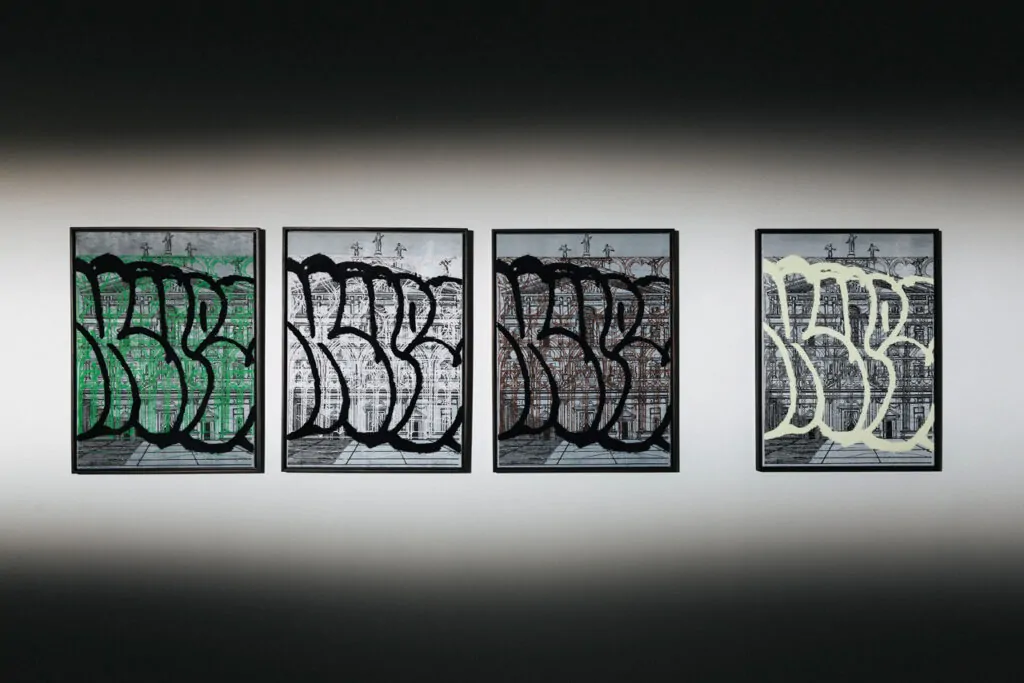
Your practice often reflects the convergence and divergence between Western and Asian art traditions. How do you see this dynamic evolving in contemporary art, and what do you believe your role is in bridging or complicating this intersection through your work?
Natee Utarit: While studying art at university, I constantly questioned my existence as an Asian art student amidst a stream where Western art was the most influential in terms of belief and reverence, almost like a religious icon.
When I was at the College of Fine Arts, I used to wonder why I had to study still life drawing, landscapes, and other subjects according to the Western academy curriculum. This thought intensified as I approached graduation.
I want you to imagine a Thai art student trying to grasp Western art knowledge at Thailand’s oldest art university, founded by an Italian sculptor from Florence, where the university anthem is “Santa Lucia,” and the university itself is situated between the Grand Palace and several ancient Thai temples in the royal grounds.
This image reflects the overlap of many elements at the same time between Western knowledge and Eastern identity. It’s a mix of skepticism and faith, progress and tradition, the value of the new and the old, and self-doubt when I felt that I was losing my Eastern identity while the Western knowledge I gained was still incomplete.
I believe I’m not the only one who has felt and been in this situation.
Many countries in Southeast Asia, which have faced various changes since the late 18th century, would probably understand this well. This has been the foundation of my thoughts and work since the late 90s.
This concept became very evident in my work from 2014 onwards when I began incorporating the core ideas of both cultures, particularly regarding religion, as a driving force in my artwork. I get excited every time an idea rooted in old doubts leads to new artistic hypotheses and possibilities.
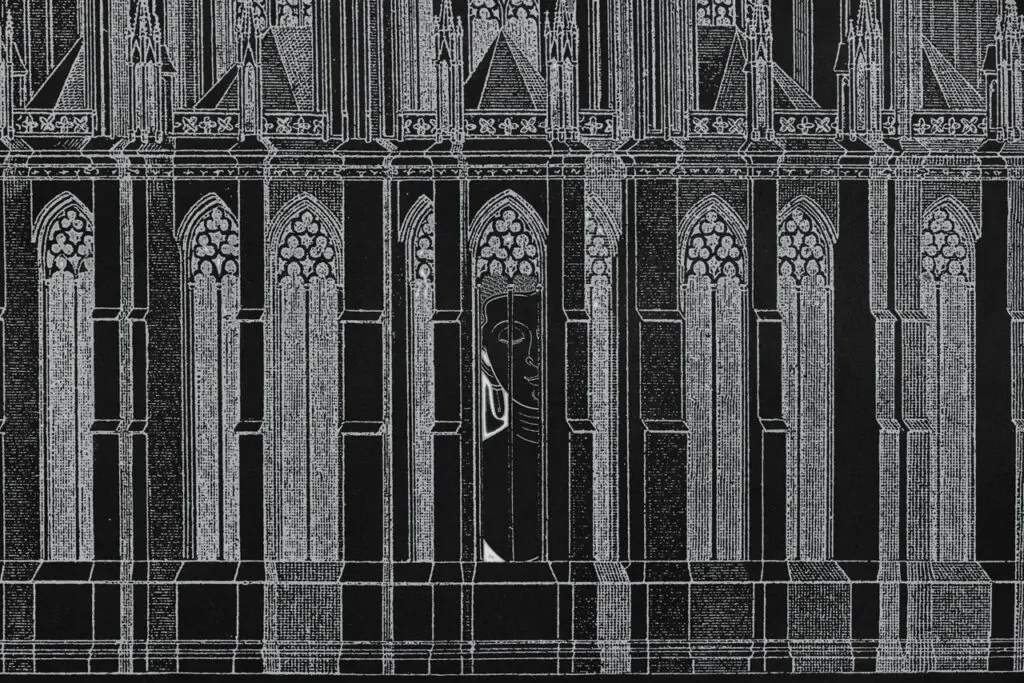
© Natee Utarit / STPI.
Photo courtesy of the artist and STPI – Creative Workshop & Gallery, Singapore.
Building on that, your work often blends elements of realism with surrealism, creating compositions that challenge the viewer’s perception. How do you navigate the boundaries between these two approaches, and what role does this tension play in conveying the deeper meanings of your pieces?
Natee Utarit: It’s true that I’m fascinated by the inexplicable emotions in surrealism hidden in the reality around us. I find that the more we move towards a life where technology can prove and present reality in all-encompassing ways, as it does today, the more we can sense the surreal or strange feelings that are beyond explanation from the reality surrounding us. For me, the boundary between reality and unreality (surreal) is not a horizontal boundary but rather something overlapping or perhaps even the same thing.
Your question reminds me of a source of inspiration I really like, the opening and closing scenes of Stanley Kubrick’s film 2001: A Space Odyssey. I first watched it around 1982 on a black-and-white TV at my house.
Those simple scenes created a strange feeling in me, even though they were purely natural and astronomical realities. It’s just that they were presented under an excellent concept, so they conveyed those conditions effectively. I hope that my work can also conceal the ambiguous presentation of reality and surreality like that.
Much of your work engages with the nature of representation, questioning the reliability of visual culture. How do you approach the philosophical idea that art can simultaneously reveal and distort truth, and how does this inform your choice of subject matter?
Natee Utarit: Initially, I believed that art was part of the process of seeking truth in this world, alongside other disciplines like science. But various mechanisms in my creative process have shifted my belief to see art as a reflection of what exists, whether it be external things like people, objects, or the environment, or internal things like thoughts, emotions, and memories.
These elements are part of the perception and communication process, which in Eastern Buddhism, we place great importance on what is called phassa (contact/touch) and āyatana (sense bases) as the starting point and process of human perception.
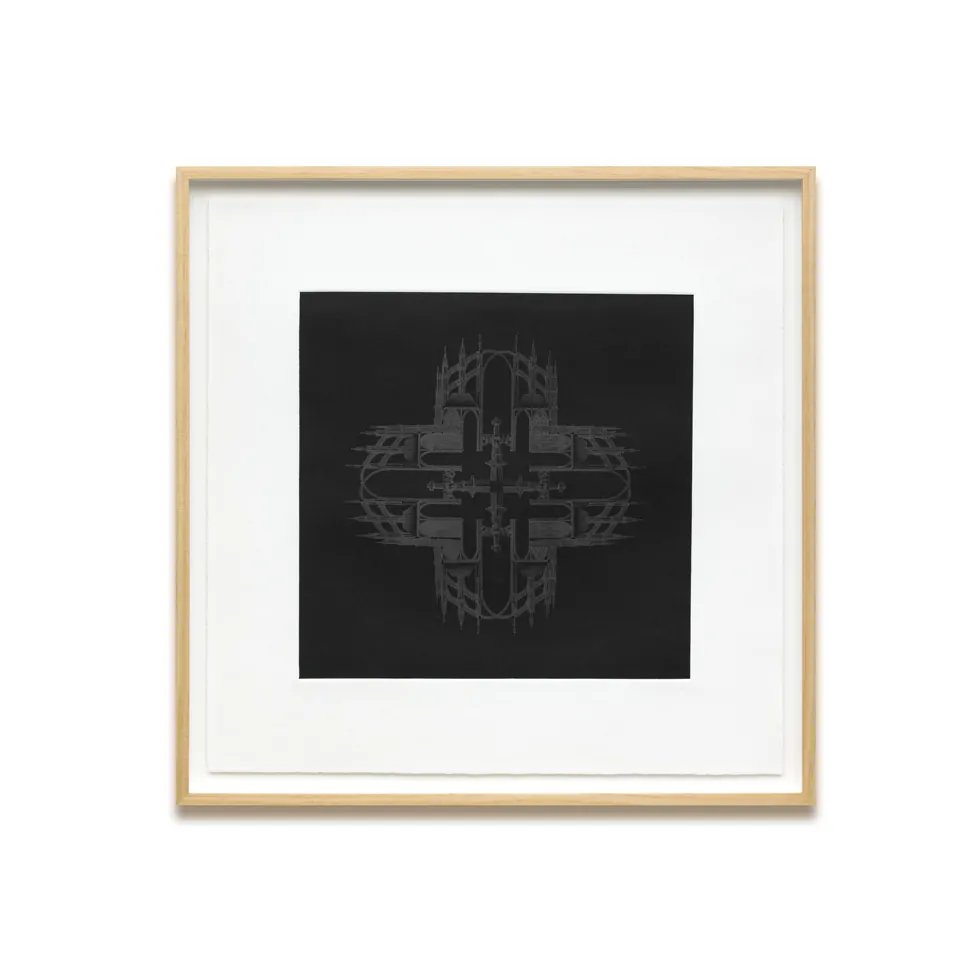
© Natee Utarit / STPI.
Photo courtesy of the artist and STPI – Creative Workshop & Gallery, Singapore.
My paintings are similarly influenced by this clear concept. I place great importance on images, perception, and the reactions that lead to emotions and the messages I want to convey. You might call it image design because it has a similar meaning and is easier to understand. But ultimately, it’s all for the purpose of expression and communication, whether it’s accurate truth or deliberate distortion to lead to the same goal.

Can we speak about one of your key and celebrated works, “Optimism is Ridiculous,” where you explore the futility of hope in challenging political landscapes? How do you balance political despair with the beauty and craftsmanship of your work, and is there still room for hope in your artistic perspective?
Natee Utarit: Yes, if we’re talking about the connection between that series and the political realities in the region I live in, we might need to combine this understanding with the context of the past since the colonial period of European powers over Southeast Asia. I began that series with inspiration related to Western influence that pervades every aspect of my life, a topic I’ve been interested in since the early 2000s.
This interest and questioning led me to study various core ideas of Western culture.
Michael Wright, an English writer who lived in Thailand and whose analytical writings on society and culture I have always admired, once said that to understand the roots of all Western thoughts and attitudes, you must understand Christianity and all its contexts. That was the starting point for me to seriously study and compare the concepts between East and West through painting.
For me, if Christianity is the core of the West, then Buddhism is the stable spiritual root of the East, which I see as the only thing that remains strong amidst other external changes today.
In fact, many issues expressed through that series specifically address cultural and social inequality, as well as contemporary art in the region and commerce, resulting from the lingering political problems of the colonial past.
Of course, the consequences of the past have led to the present, and there is no point in blaming or trying to change that fact. What can be done is to learn from the past and make the present as good as possible. As an artist, my role is to reflect these messages through the aesthetics of painting, which is my primary tool for communication.
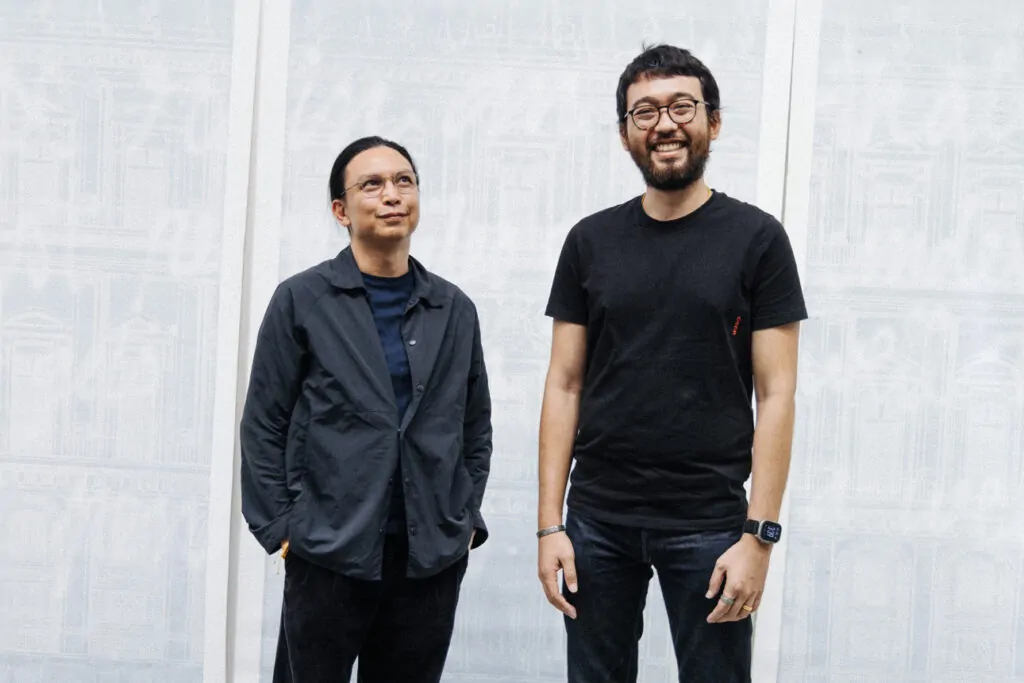
Image courtesy of STPI – Creative Workshop & Gallery, Singapore.
In your upcoming exhibition at STPI, “Déjà vu: Buddha is Hiding,” you explore Buddha’s hypothetical journey to the West, juxtaposing Eastern and Western ideologies. How does this journey reflect themes of identity and cultural displacement, and how has colonial conditioning shaped the perception of Eastern spirituality in Western art history?
Natee Utarit: In fact, this series, Déjà vu, is partly a result of my long-standing obsession with these two cultures, which was coincidentally rekindled when I found excellent material while working in Naples.
The main concept of this work is the question: “What if the Buddha had traveled to Naples before Western civilization emerged?” It’s a hypothesis under playful imagination, like what if archaeologists discovered traces of Buddha’s footprints deep beneath Pompeii or Herculaneum? What would happen?
Or even the Greek prototype sculptures we see might have been influenced by the image of the Buddha. It’s a kind of reverse, swapped imagination.
Some critics have asked me if this is a form of “revenge” through imagination, to which I didn’t deny. We can look at it from any angle as long as it makes the audience aware of the value and equal importance of culture and fosters mutual respect.
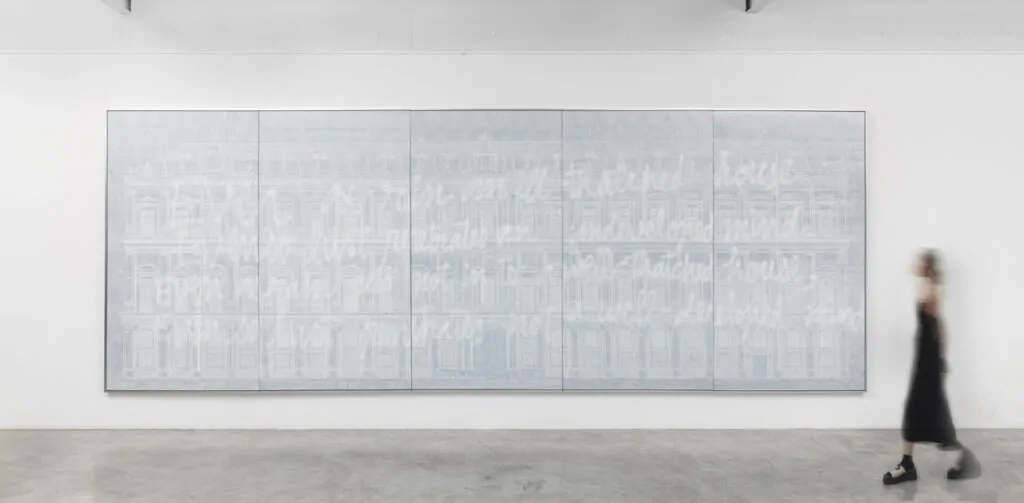
In BUDDHA PALAZZO (a.m.) and BUDDHA PALAZZO (p.m.), you present the same structure in different lighting, evoking a dialogue between Eastern and Western ideologies. How does this juxtaposition reflect your experience with Western hegemony in Southeast Asian art, and what does the day-night duality signify?
Natee Utarit: I would like to address the issue of duality, which is a very interesting observation, and you can see this condition in several other pieces in this exhibition. It is intentional on my part.
In the Dhammapada (the Path of Truth), a collection of the Buddha’s teachings classified into 26 categories according to various themes, there is a chapter called “The Pair,” which presents the truth of opposites by comparing them in pairs, such as birth and death, good and evil.
I really like this Buddhist worldview because we can apply this method to many things beyond what is mentioned in the scripture. Comparing things as pairs represents a balanced state and encompasses the various conditions of nature, such as darkness and light, day and night, West and East, which are the core conditions in the content and works in this exhibition.

In works like TORSO and APOLLO 14, you combine Buddha statues with graffiti, symbolising the erasure of cultural artefacts by colonialism. How does this contrast comment on colonialism’s impact on art and heritage, and how do these fragments engage with decolonisation in contemporary art?
Natee Utarit: Actually, the text Apollo 14 is graffiti I found one morning on my way from home to my studio. I had been driving past that wall every morning for years, and then one day, suddenly, this meaningless and unrelated graffiti text appeared on the previously clean wall in my neighborhood.
At first, it bothered me every time I saw it, but then I got used to the absurdity of Apollo 14 until it became part of my memory. When I created the enlarged sculpture fragments of the Gandhara Buddha, which has inherent connections to Greek and Roman art, I thought of incorporating graffiti into the work, as I often use graffiti text in various two-dimensional works.
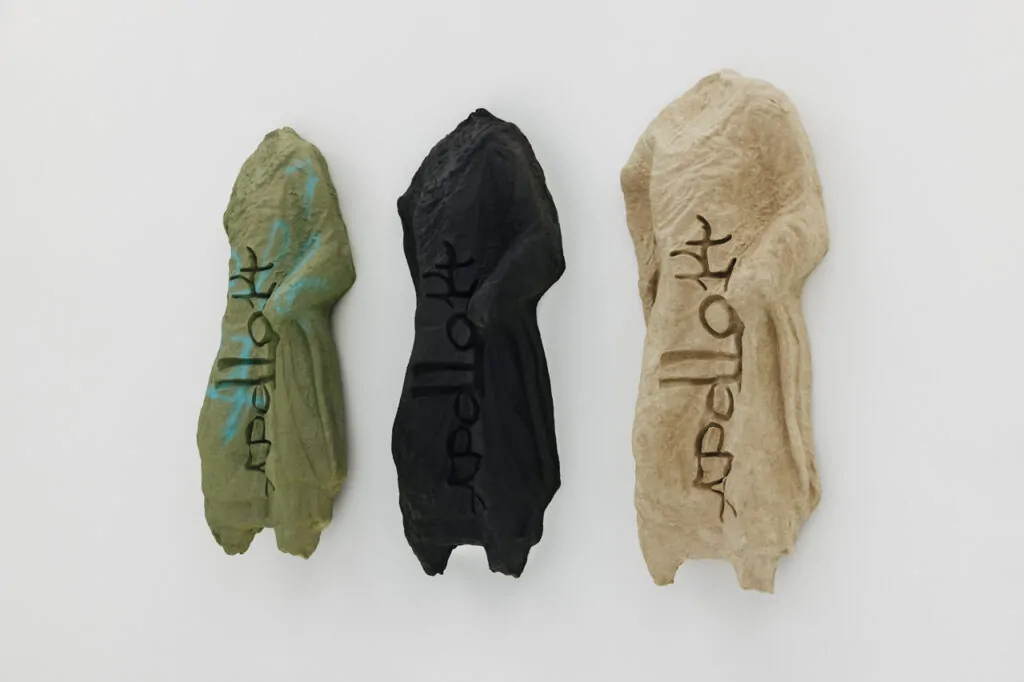
Photo courtesy of the artist and STPI – Creative Workshop & Gallery, Singapore.
Then the Apollo 14 text popped into my head without reason. I liked it a lot. When placed on the surface of the Gandhara Buddha sculpture as engraving, it gave a sci-fi feel, enhancing the imagination about the past and the mystery of civilization.
Often, my work begins with questions in a process full of logical reasoning and ends with actions that are the exact opposite. I think ultimately artistic response is about instinct.
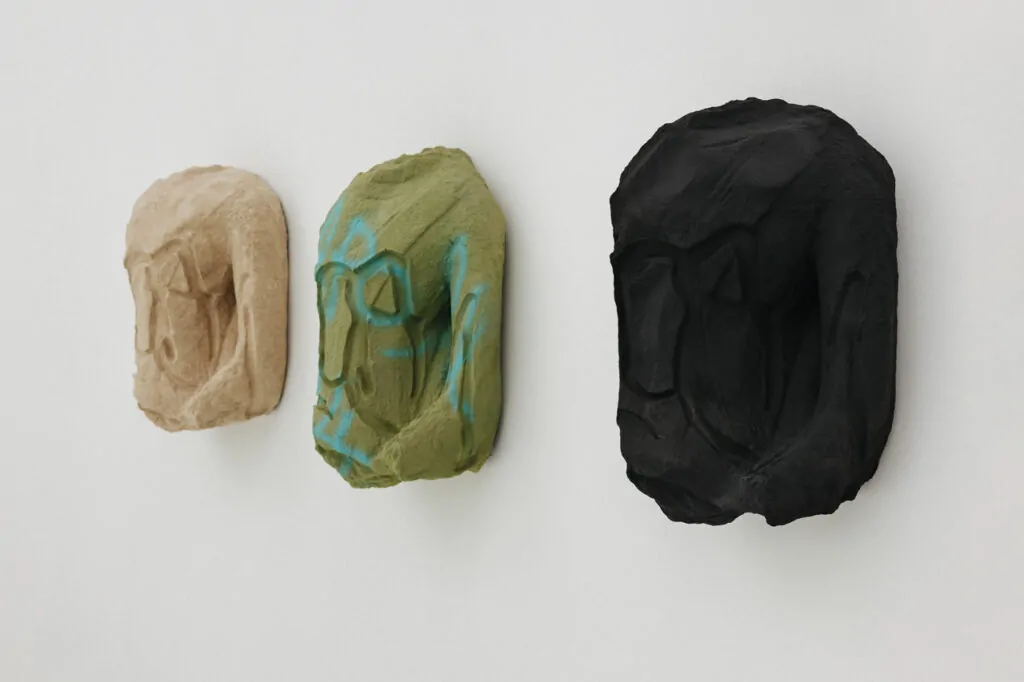
Photo courtesy of the artist and STPI – Creative Workshop & Gallery, Singapore.
Given the socio-political themes frequently appearing in your work, what do you believe is the artist’s responsibility in addressing political issues? Do you see your work as a form of activism, or do you aim to open up a more reflective, contemplative space for your viewers?
Natee Utarit: Last week, I was asked a question by an editor who wanted my answer included in an article showing artistic attitudes towards society. The question was whether I thought art could change the world or whether art could change or impact society. I took quite some time to answer because I wasn’t sure how seriously they expected or assessed this question.
In the end, my answer was: No. I don’t think art can change the world because, as far as I’ve seen, it’s the world that changes art (which has been consistently proven throughout every era in art history). The same goes for society. Society is what shapes art in one direction or another. As for the impact on society, that might be the only thing art can achieve in its capacity from that question.
I’d like to refer to this question to answer your question about the role of artists in politics because I think there are some related and beneficial points.
The role of the artist, from the smallest level like personal matters, or the medium level like community environments, to the highest level like society, politics, and the world, is to use the potential that art has to create positive impacts as much as possible. The nature of art is to create a reflection of things to produce an emotional effect on society. Having a good, correct attitude is therefore essential. I think the same applies to politics.
Do you see your work as a form of activism, or do you aim to open up a more reflective, contemplative space for your viewers?
Natee Utarit: I’ve never seen my work as a form of political activism, even though many of my series have dealt with domestic political content. But it’s only material and inspiration that leads to a reflection of thoughts and feelings on what’s happening at that time. For me, there is a vast difference between being someone who plays in the river and being someone who sits on the shore watching the river’s phenomena.
So, I don’t think that I and my work lean towards political activism in that way.

© Natee Utarit / STPI.
Photo courtesy of the artist and STPI – Creative Workshop & Gallery, Singapore.
Lastly, could you share the guiding philosophy for your career and your understanding of the core importance of art in your life?
Natee Utarit: Yes, working in art for over thirty years has taught me many things. It has taught me to be patient. It has taught me to decide and learn the right timing for everything around me. In my youth, I was very impatient, eager for success in each piece of work, so I worked obsessively to achieve quick results.
I’m glad I passed through that time long ago. Nowadays, I work with calmness and happiness. It’s strange that I find these things amidst time that seems to move ten times faster than in the past. I also owe much of this wisdom and philosophy to the practice of growing and caring for my bonsai trees.
Japanese bonsai has many aspects that are closely connected to humans and art. It requires good care, consisting of discipline, consistency, attention to detail, and many other things that train us to trust our natural instincts, just like in creating art. This hobby, which is like a form of art itself, has taught me to accept various changes in life, to accept decay, death, and beautiful moments. It teaches us to be happy in the present, without worrying about the future or regretting the past.
Ultimately, the most important thing that both art and this hobby have taught me, and which has become a principle in my life today, is that no matter what we do, our duty is to create the best causes and conditions on our part. The result is beyond our control and expectation.
This perspective has made me happy with life and free from the suffering caused by excessive expectations of things around me.
©2024 Natee Utarit





